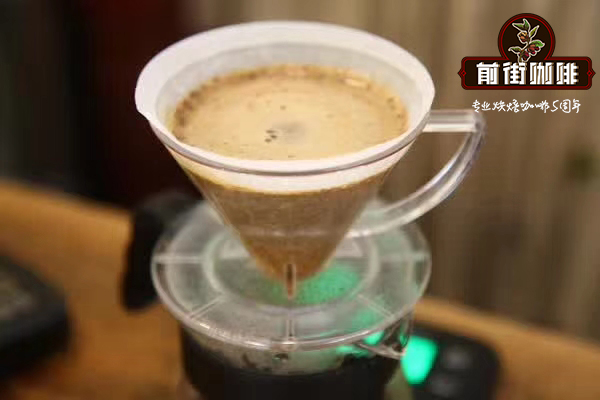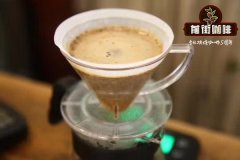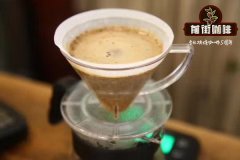What are the characteristics of the varieties of coffee in Colombia?
Coffee variety
In addition to Kaddura Caturra, Bourbon Bourbon, Tippika Typica and Parkmara, which are common in America, Colombia also has three disease-resistant varieties unique to Colombia, namely Castillo Castillo and Columbia Colombia with the same name as Tabi Tabi. Of course, there are also some rare and valuable varieties such as Rosa Gesha, small-grained Mocha Mocca, Rume Sudan Romer Sultan, Eugenioides Eugene Odes, Laurina pointed Bourbon, Maraguesa Mara Rosa (a natural hybrid between Marago Rippi and Rosa).
There is also pink bourbon, just know that there is such a miraculous variety of coffee. Generally speaking, bourbon is a coffee tree that belongs to a branch of Arabica species, generally bearing red fruit, called red bourbon, in addition to yellow bourbon, orange bourbon, yellow bourbon relatively low yield, but better quality.
Colombian sun beans, called [wush wush], are rarely seen in Colombia. The early varieties planted in Colombia were the old iron pickup and bourbon, which were replaced by Kaddura in 1970; Kaddura is not only more productive per plant than iron pickup and bourbon, but also can be planted more per unit of acreage because the tree is more compact.
Since 1961, CENICAFE began to study Timor varieties of Robusta blood, and then selected Timo Timor and Kaddura Caturra to breed Columbia's Katim Catimor series. After five generations of breeding, CENICAFE released Colombia's first disease-resistant variety Colombia in 1982, and then after the emergence of leaf rust in 1983, Colombia varieties began to be planted in large quantities.
Then CENICAFE continued its research and development, releasing the second disease-resistant variety Tabi in 2002 (a hybrid between Bourbon and Timo Timor), and the most functional disease-resistant variety Castillo so far in 2005. After the outbreak of leaf rust in 2008, Colombia began to vigorously promote Castillo cultivation.

Important Notice :
前街咖啡 FrontStreet Coffee has moved to new addredd:
FrontStreet Coffee Address: 315,Donghua East Road,GuangZhou
Tel:020 38364473
- Prev

How does the bean temperature change during coffee roasting? The function of the throttle
There are two main ways to describe how the bean temperature changes during baking: the bean temperature curve and the rising rate. The bean temperature curve is used to determine the actual temperature of beans. It looks a bit like a check mark. RoR, however, measures the rate at which the temperature of coffee beans rises. This is measured over a specific period of time, usually between 30 and 60 seconds. For example, you can choose a 30-second
- Next

What is the Colombian grading standard? what is the Coca Joyo Cup? Colombian coffee raw bean name
Columbia grading standard [grading by legume size]: Grade Supamo SC-18:Supremo Sc-18 Supamo SC-17/18:Supremo Sc-17/18 selected European standard: 10% Excelso EP10% selected quality grade: Excelso UGQ Micro-lot refers to small batches (or small batches) of fine quality coffee. Different from the usual sense of producing area beans or
Related
- Beginners will see the "Coffee pull flower" guide!
- What is the difference between ice blog purified milk and ordinary milk coffee?
- Why is the Philippines the largest producer of crops in Liberia?
- For coffee extraction, should the fine powder be retained?
- How does extracted espresso fill pressed powder? How much strength does it take to press the powder?
- How to make jasmine cold extract coffee? Is the jasmine + latte good?
- Will this little toy really make the coffee taste better? How does Lily Drip affect coffee extraction?
- Will the action of slapping the filter cup also affect coffee extraction?
- What's the difference between powder-to-water ratio and powder-to-liquid ratio?
- What is the Ethiopian local species? What does it have to do with Heirloom native species?

